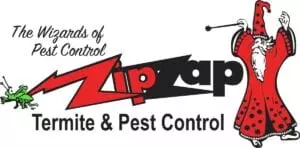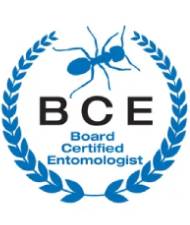Spiders in Kansas City
Kansas City Exterminators | Brown Recluse Spider Control Brown Recluse in Kansas City
The brown recluse spiders in Kansas City roam at night, seeking their prey. During the day, it hides in dark niches and corners, where it may spin a poorly organized, irregular web. It is shy and will try to run from a threatening situation but will bite if cornered. Eggs are deposited in 1/2-inch long off-white silken egg sacs, often appearing flattened beneath and convex above.
Meanwhile, people are bitten while asleep because they roll onto a brown recluse spider while it is hunting in the bed. The victim is often bitten while putting on a shoe or piece of clothing that a spider has selected for its daytime hiding place.
Cellar Spiders in Kansas City
Cellar spiders in Kansas City live only in the safety of human homes: attics, cellars, garages, and messy rooms where they can hang upside down in webs. Additionally, they have gray-brown bodies about half an inch long. And they have very long, skinny legs. Many times, cellar spiders are confused with Daddy Longlegs. Daddy Longlegs are usually not seen in Southern California. Daddy Longlegs are not spiders. Their bodies are oval-shaped. An actual spider’s body has two parts.
Moreover, cellar spiders do not hurt people; like all other spiders, they are predators and carnivores. Nevertheless, they will eat almost any kind of insect or bug. They will eat moths, mosquitoes, flies, or beetles that accidentally enter the spider’s web. The cellar spider will wrap an insect in a lot of spider silk and suck the bug dry. When the spider is finished, it will cut the insects loose, letting them fall to the ground and making a pile of dead, dry bug bodies.
Cellar Spider finds excellent places to live.
Cellar spiders in Kansas City are good at finding secret places to live. These spiders are not like most spiders who like to live alone. The cellar spider wants to live close to its mate. Males and females will often live next door to each other. The female will wrap her eggs in a see-through sack that she keeps in her mouth for safety. The babies will hatch after several weeks.
Enemies of the cellar spider are birds, wasps, and people. Cellar spiders like to spin spider silk. The spider’s legs are so thin that people can hardly tell the difference between the legs and the web. Cellar spiders twist their bodies back and forth so fast that they become blurred. This makes them hard to see. Additionally, If they accidentally fall from the web, they run wobbly, like a drunk, so they cannot be seen easily.
Wolf Spiders in Kansas City
Female wolf spiders in Kansas City are large, up to 1/2 inch long, hairy, running spiders, often confused with tarantulas. Their bodies are covered with brown, black, gray, white, yellow, orange, or green. Many have a stripe or pattern the length of the first, and sometimes the second, body segment. Most are dark brown, large, and run rapidly after prey.
They are nocturnal and occur outdoors but may wander indoors, especially in cellars and basements, in late summer and fall when cooler temperatures prevail. These hunting spiders, which do not construct webs, carry the large, rounded egg sac attached to spinnerets under the abdomen.
Upon hatching, the spiderlings climb onto their mother’s back and ride there for several days before dispersing. They do not establish themselves indoors and are not aggressive but may bite if handled.
Control of Spiders in Missouri
ZipZap Termite & Pest Control knows how to help with all spiders in Kansas City, Missouri. Our Board Certified Entomologist has prescribed a solution to rid your home of that unwanted spider in Missouri. Call today to schedule an appointment.



